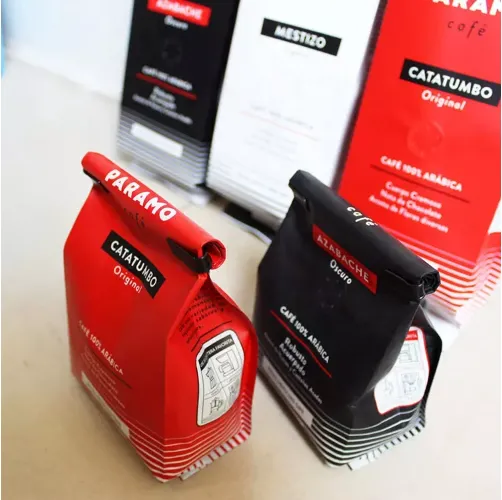- Afrikaans
- Albanian
- Amharic
- Arabic
- Armenian
- Azerbaijani
- Basque
- Belarusian
- Bengali
- Bosnian
- Bulgarian
- Catalan
- Cebuano
- chinese_simplified
- chinese_traditional
- Corsican
- Croatian
- Czech
- Danish
- Dutch
- English
- Esperanto
- Estonian
- Finnish
- French
- Frisian
- Galician
- Georgian
- German
- Greek
- Gujarati
- haitian_creole
- hausa
- hawaiian
- Hebrew
- Hindi
- Miao
- Hungarian
- Icelandic
- igbo
- Indonesian
- irish
- Italian
- Japanese
- Javanese
- Kannada
- kazakh
- Khmer
- Rwandese
- Korean
- Kurdish
- Kyrgyz
- Lao
- Latin
- Latvian
- Lithuanian
- Luxembourgish
- Macedonian
- Malgashi
- Malay
- Malayalam
- Maltese
- Maori
- Marathi
- Mongolian
- Myanmar
- Nepali
- Norwegian
- Norwegian
- Occitan
- Pashto
- Persian
- Polish
- Portuguese
- Punjabi
- Romanian
- Russian
- Samoan
- scottish-gaelic
- Serbian
- Sesotho
- Shona
- Sindhi
- Sinhala
- Slovak
- Slovenian
- Somali
- Spanish
- Sundanese
- Swahili
- Swedish
- Tagalog
- Tajik
- Tamil
- Tatar
- Telugu
- Thai
- Turkish
- Turkmen
- Ukrainian
- Urdu
- Uighur
- Uzbek
- Vietnamese
- Welsh
- Bantu
- Yiddish
- Yoruba
- Zulu
Sustainable and Eco-Conscious Solutions for Fruit and Vegetable Packaging Options
Eco-Friendly Produce Packaging A Sustainable Solution for the Future
In an era where environmental consciousness is at an all-time high, the demand for sustainable practices in various industries has surged. One particularly pressing issue is the packaging used for produce. Traditional packaging methods often rely on plastics that contribute to pollution and waste, creating a need for eco-friendly alternatives that ensure the freshness of fruits and vegetables while reducing their environmental footprint. This article explores the significance of eco-friendly produce packaging, the materials being used, and the benefits they bring to consumers and the planet alike.
The Problem with Conventional Packaging
Conventional packaging for produce typically involves plastic wraps, trays, and Styrofoam containers. These materials are incredibly convenient but problematic for the environment. Plastics can take hundreds of years to decompose, leading to enormous waste accumulation in landfills and oceans. Moreover, the production of such materials often involves the emission of harmful greenhouse gases, exacerbating climate change. The modern consumer is becoming increasingly aware of these issues, leading to a demand for greener packaging solutions.
Emerging Eco-Friendly Packaging Solutions
Fortunately, the rise of eco-friendly packaging options is providing hope for a more sustainable future. Various biodegradable and compostable materials are now being used to package produce, providing alternatives that not only protect fruits and vegetables but also minimize environmental impact.
1. Biodegradable Plastics These materials are designed to break down naturally in the environment, typically made from renewable resources such as corn starch or sugarcane. They serve as a suitable alternative to traditional plastics, with many products decomposing within a few months under the right conditions.
2. Compostable Packaging Compostable materials can be turned into compost through biological processes, enriching the soil rather than contributing to landfill mass. Packaging made from paper, cardboard, or plant fibers can be composted after use, significantly reducing waste.
3. Recycled Materials Some companies are innovating by utilizing recycled paper or plastic for produce packaging. This approach helps reduce the demand for new raw materials and lowers the carbon footprint associated with packaging manufacturing.
eco friendly produce packaging

4. Natural Fibers Materials like bamboo, palm leaves, and hemp are being explored as packaging options. These natural fibers are renewable, biodegradable, and can be produced with minimal environmental impact.
Benefits of Eco-Friendly Produce Packaging
The transition to eco-friendly packaging offers several advantages, both for consumers and the environment.
1. Reduced Environmental Impact By switching to sustainable packaging, companies can significantly lower their carbon footprint, promote biodiversity, and reduce pollution. Using biodegradable or compostable materials contributes to a circular economy, where resources are reused and repurposed rather than discarded.
2. Enhanced Freshness Many biodegradable packaging solutions are specifically designed to maintain the freshness of produce. They often have breathable qualities that help manage moisture and temperature, extending the shelf life of fruits and vegetables without the use of harmful preservatives.
3. Consumer Appeal Today’s consumers are increasingly purchasing products that align with their values. Brands that adopt eco-friendly packaging can differentiate themselves in a competitive market and attract environmentally conscious customers. This not only leads to increased brand loyalty but can also provide a competitive edge.
4. Regulatory Compliance As governments around the world impose stricter regulations on plastic use and waste management, businesses that implement eco-friendly packaging can ensure compliance with current and future regulations, sparing themselves potential penalties and enhancing their reputation as responsible corporate citizens.
Conclusion
As the world grapples with the challenges posed by plastic pollution and climate change, the move towards eco-friendly produce packaging emerges as a vital step in promoting sustainability. By adopting biodegradable, compostable, and recycled materials, companies can protect our planet while meeting consumer demand for environmentally responsible practices. The transition to sustainable packaging not only ensures the freshness of our favorite fruits and vegetables but also contributes to a healthier planet for future generations. Embracing eco-friendly produce packaging is not just an option; it is becoming an imperative in today’s environmentally aware society.













